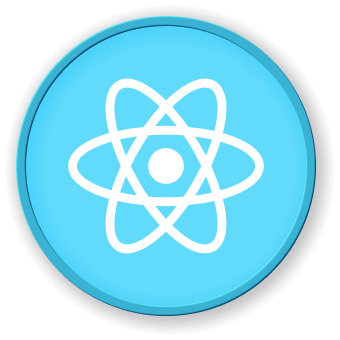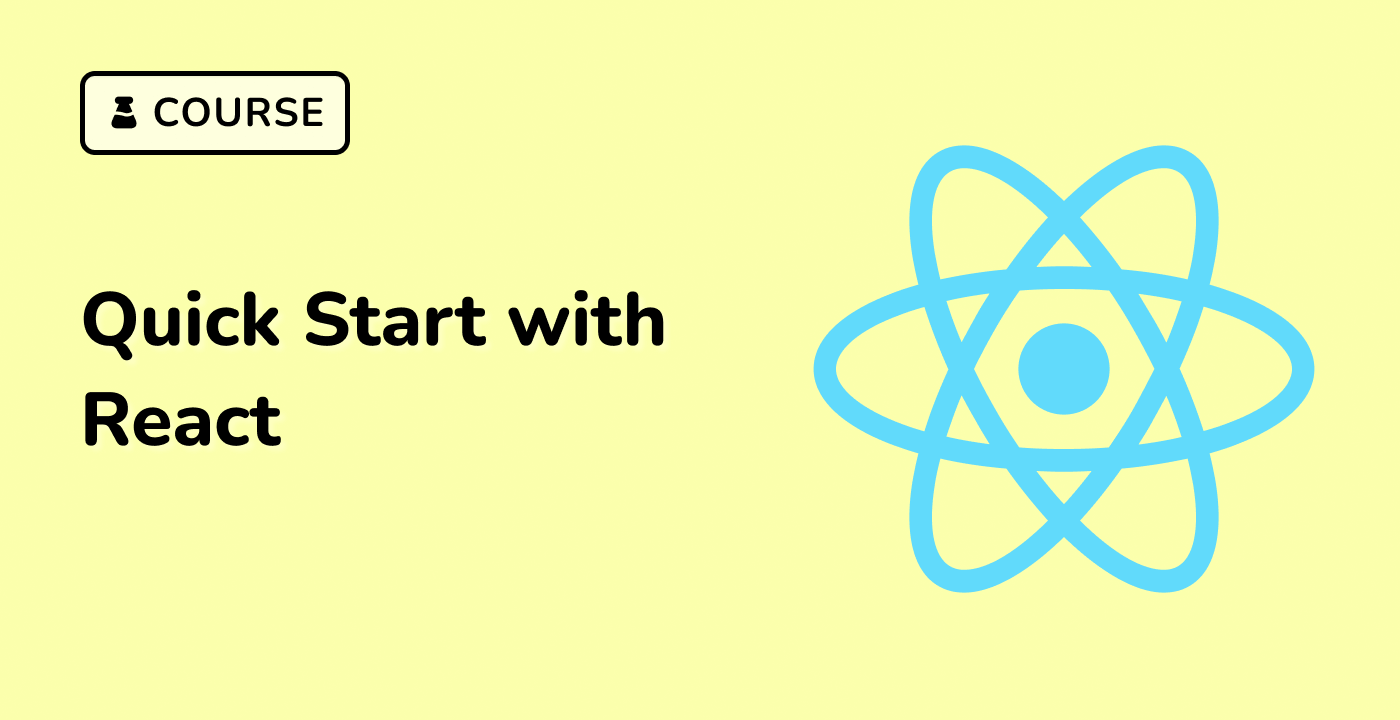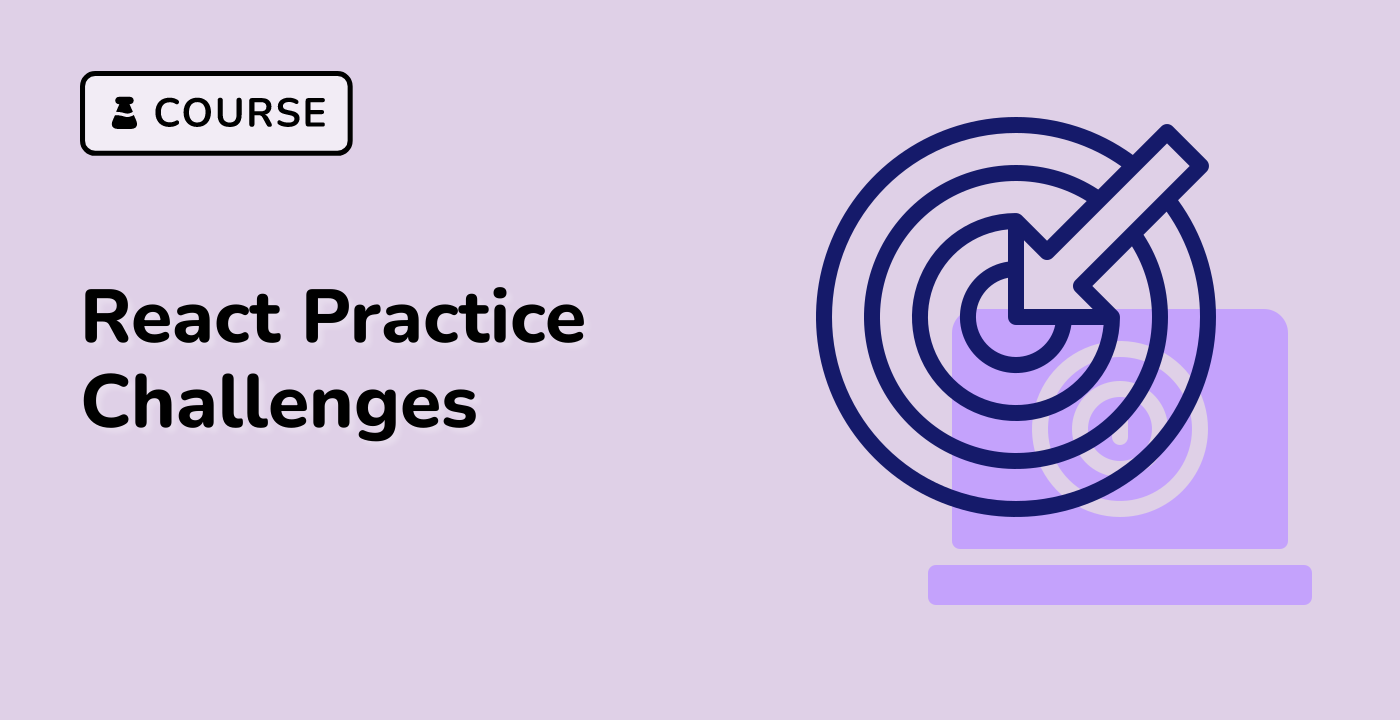React useEventListener Hook
index.html and script.js have already been provided in the VM. In general, you only need to add code to script.js and style.css.
This function adds an event listener for the specified event type on the given element. To use this function, follow these steps:
- Use the
useRef() hook to create a ref that will hold the handler.
- Use the
useEffect() hook to update the value of the savedHandler ref any time the handler changes.
- Use the
useEffect() hook to add an event listener to the given element and clean up when unmounting.
- Omit the last argument,
el, to use the Window by default.
Here's the code:
const useEventListener = (type, handler, el = window) => {
const savedHandler = React.useRef(handler);
React.useEffect(() => {
savedHandler.current = handler;
}, [handler]);
React.useEffect(() => {
const listener = (e) => savedHandler.current(e);
el.addEventListener(type, listener);
return () => {
el.removeEventListener(type, listener);
};
}, [type, el]);
};
And here's an example usage of the useEventListener() function:
const MyApp = () => {
const [coords, setCoords] = React.useState({ x: 0, y: 0 });
const updateCoords = React.useCallback(
({ clientX, clientY }) => {
setCoords({ x: clientX, y: clientY });
},
[setCoords]
);
useEventListener("mousemove", updateCoords);
return (
<p>
Mouse coordinates: {coords.x}, {coords.y}
</p>
);
};
ReactDOM.createRoot(document.getElementById("root")).render(<MyApp />);
Please click on 'Go Live' in the bottom right corner to run the web service on port 8080. Then, you can refresh the Web 8080 Tab to preview the web page.




